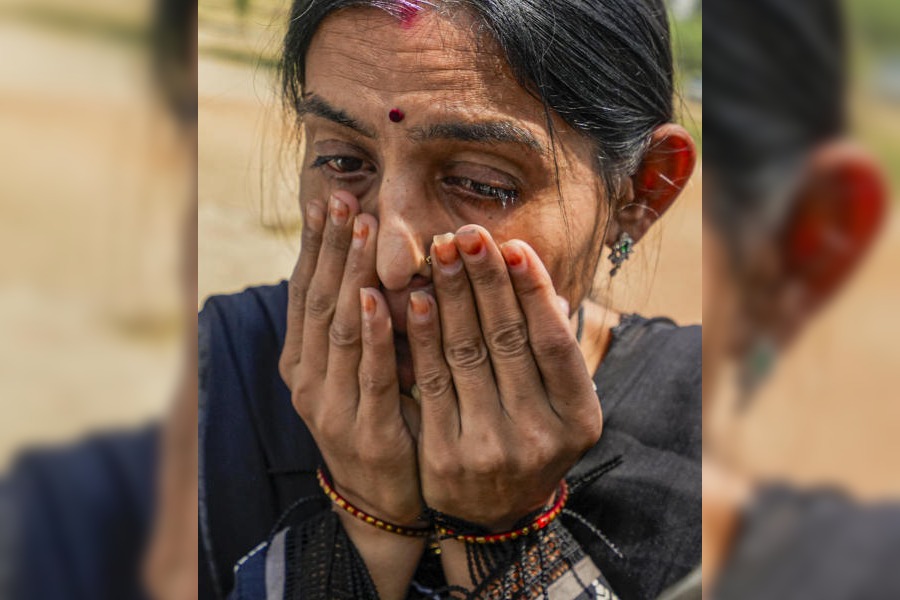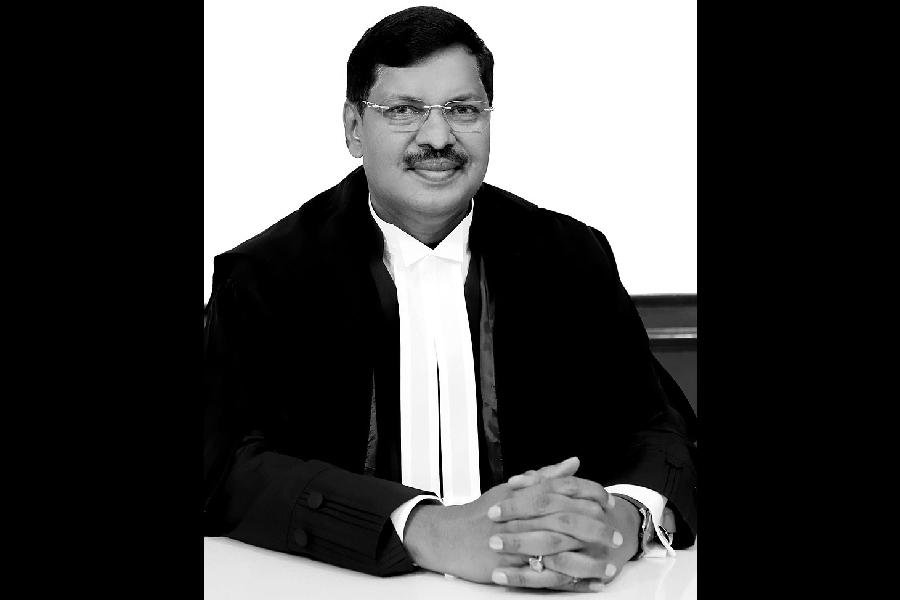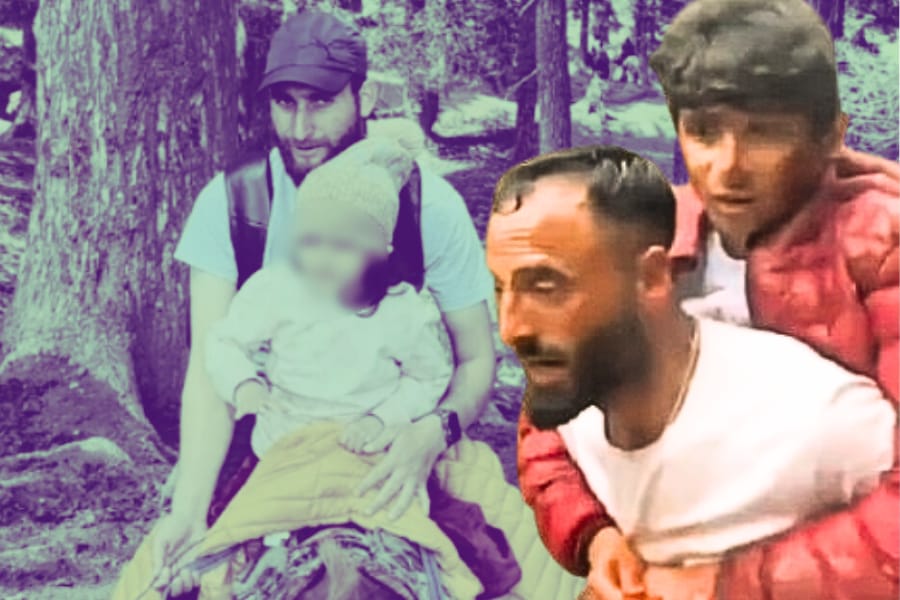
Bhubaneswar, March 23: An audio-visual gallery depicting rare photographs and paintings related to the Paika Vidroha, which many claim to the first armed rebellion against the British, started at the State Museum here today.
Though the Centre refuses to acknowledge the Paika rebellion (1803-1825) as the first armed insurrection by Indians against the Raj, the Narendra Modi government has allotted funds in this year's budget to celebrate the historic episode that completes 200 years next year.
Several Odia historians, however, consider the Paika rebellion, which precedes the Sepoy Mutiny of 1857, to be India's first war of independence.
After Union finance minister announced funds to celebrate the occasion in his budget speech, the state government did not want to be seen left behind and announced a drinking water scheme in the name of Buxi Jagabandhu, who was one of the foremost figures of the rebellion.

Culture minister Ashok Chandra Panda inaugurated the gallery set up at a cost of Rs 50 lakh. A 45-minute light-and-sound show, which is the main attraction at the gallery, narrates the battle between the British forces and the paikas or soldiers during the period between 1803 and 1825.
The show will be shown in Odia twice daily. However, the show timings are yet to be decided upon. "We will decide later if the shows will xbe ticketed and whether there will be English and Hindi versions of it as well," Panda said.
Rabishankar Rath scripted the show and Biren Mishra and Padmavati Dwivedi have given their voice to it.
Statues of Buxi Jagabandhu, Jai Rajguru and others, who led the rebellion, have been installed in the gallery. Photographs portraying the lifestyle of the paikas and the weapons and various other materials used by them are on display.
Museum superintendent Jayanti Rath said the then British Government had execute rebellion leader Jai Rajguru to quell the unrest. Buxi Jagabandhu, who spearheaded the rebellion in 1817, united the rulers of former feudal states including Ghumsar, Nayagarh and Daspalla against the Empire.
He had also adopted guerrilla warfare against the British forces. Jagabandhu was forced to surrender in 1825 and was lodged in a rented house in Cuttack with a monthly allowance till his death in 1827. The chieftain, Tapangagarh, then took the lead, but the Britishers crushed the rebellion with iron hands.
"We have decided to highlight the heroic deeds and sacrifices made of Jagabandhu and Rajguru and conserve the memory of the Paika rebellion at the gallery for the future generation," said Rath.
Shyam Sunder Pattanaik, a researcher on Odia history, said: "It is a novel attempt that will benefit museum visitors, especially those belonging to the new generation."
Manisha Meher, a school student from Bargarh in west Odisha who visited the museum on the gallery's inaugural day today, said: "I came to know about many unknown aspects of the Paika rebellion today."
Arup Som, a visitor from Bengal, said he was not aware about the Paika rebellion. "The visit to the gallery exposed me to a new chapter of the freedom struggle," he said.











